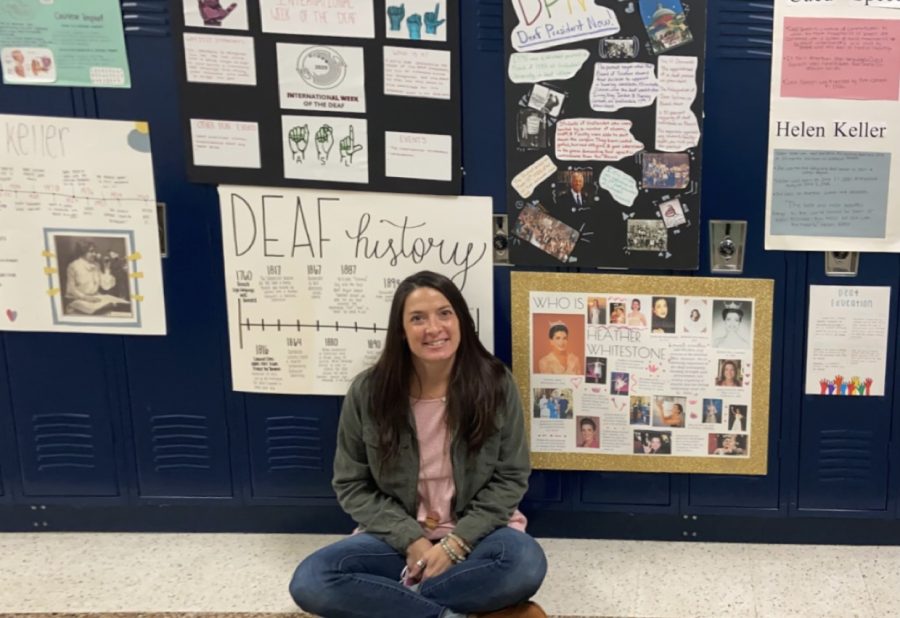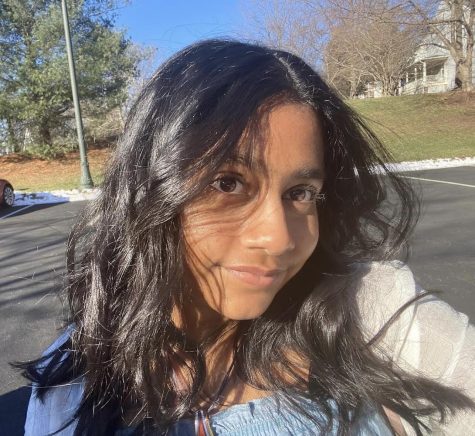The History of Sign
November 16, 2021
Imagine the world if it produced no sound: no beeping cars, no annoying dogs waking the neighborhood up at 2 a.m. Just silence. For 5% of the Earth’s population, this is the reality. So, how do we communicate with them? How do we communicate with people who cannot hear?
The answer is simple, through American Sign Language.
ASL has been the primary means of communication for the deaf community since the early 1800s when Thomas Hopkins Gallaudet helped develop the system of communication. His journey of creating the new language began when he met a young deaf girl by the name of Alice Caswell. He took it upon himself to find a way to communicate with those who could not hear, traveling to Europe in hopes of learning potential educational methods. Gallaudet then opened up his own school for the deaf. The opening of this institution gained national recognition, which provided the school with the government resources needed to further their mission by giving land and funds to help the school achieve its full potential.
The use of American Sign Language became popular at first. However, the inventor of the telephone Alexander Graham Bell, although his parents and wife were deaf, strongly opposed communication without sound. Because of his influential standing in society, ASL was banned by Congress and removed from schools’ curriculum. This negative perception continued on until the 1960s when William Stokoe developed his paper Sign Language Structure. The success of the paper shifted the opinion of thousands, establishing ASL as an official language and in the process, developing the first ASL dictionary. To further expand the influence of ASL, delegates at the 15th International Congress of Milan overruled the previous decision of the Milan Congress and declared the deaf community free to use their own methods of communication.
At the tender age of five, Mrs. Warnock started learning ASL when she befriended a deaf girl in her neighborhood who taught her sign. Together, they bonded through classic childhood games like basketball and tag. Her love for ASL blossomed when her teachers “would sign the days of the week and colors;” she felt like it was something “[she] was really good at” and “cherished.” She eventually became fluent in the language, attending Gallaudet University with the encouragement of her teachers. Soon after the program ended, while signing goodbye to her deaf roommates and one of their moms, a simple question from the mother made her heart shatter:
What did my daughter say?
She pondered how this mother had been struggling to communicate with her own daughter. The question wandered in Mrs. Warnock’s thoughts for a long while until a sudden epiphany hit her.
She decided to “teach American Sign Language” in order to bridge together the hearing and silent worlds. “[She didn’t] know . . . if [she could] but [she was]” determined “to be a teacher [of the] language.”
After nine years of college, she became an ASL teacher at Briar Woods. For fourteen years, she’s served on the BW staff looking to spread awareness for the deaf community and ASL itself. However, she noticed that several were unaware that ASL was an option at all to take as an elective and felt those who chose other languages should be able to learn ASL as well. So, she founded the American Sign Language Club. Students are able to converse with other students learning ASL as well as people from the deaf community. There are no requirements to join except an eager want to learn. Junior Eli Topper emphasizes the importance of knowing ASL as “there is a [large] deaf community . . . [knowing] Sign Language is a valuable asset to have in any sort of situation.”
Throughout history, the deaf community has endured many hardships, from a complete banning of their language to a lack of accommodation for their needs. It is only in recent years ASL has grown in popularity and accessibility. Here at Briar Woods, the ASL Club is accepting applications to join today, contact sponsor Mrs. Nicole Warnock at [email protected] to learn something new and make the world a better place with a spare hour of your time.



